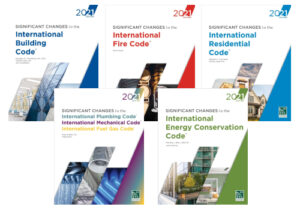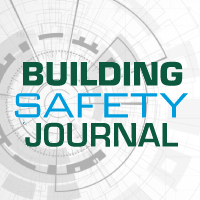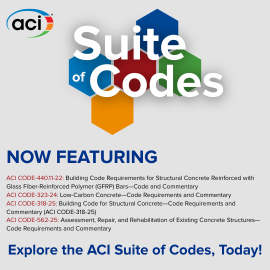
Significant changes to definition of structural members in the 2021 International Building Code
A clarification to Section 202 (Definition of Structural Members) in the 2021 International Building Code states that definitions for primary structural frame and secondary structural members have been revised to better address new technologies, as well as remove archaic concepts and redundant language.
In the regulation of structural members for the purposes of required fire resistance, as well as for other reasons, such members are considered as either primary or secondary in nature. Provisions regulating primary structural frame members often rise to a higher level than those regulating secondary members due to the increased loading conditions and lack of redundancy involved. Definitions regarding both of these types of structural elements have been revised so as to update the terms to adequately address new technologies; remove parts of the definitions that could be considered archaic; and remove what was considered as redundant language. As such, the revised definitions better identify a component’s status as primary or secondary.
The type and level of protection required for various structural elements varies in Table 601 and Section 704 depending on the member and the portion of the structural system where it is placed. Changes were also made to both Table 601 and Section 704.4 to incorporate the revised secondary structural member definition. On the whole this group of revisions may not seem significant, but these definitions are used frequently and have a great impact on determining the proper fire resistance of structural elements and how they are to be protected.
Any member or component that is essential to the vertical stability of the building under gravity loads is now to be classified and protected as part of the primary structural frame, clarifying a long-standing question of whether the definition was intended to apply to bearing walls, which are assemblies rather than single components.
For the primary structural frame, the following components qualify:
- Columns.
- Beams and girder trusses – directly supported by columns.
- Roof and floor panels and slabs – monolithic concrete and timber construction.
- Braced frames and moment frames – transfer gravity loads to the foundation.
- Bearing walls – support gravity loads and transfer them to the foundation.
For secondary structural members, components that are built into an assembly that supports a portion of a floor, roof or only their own selfweight qualify:
- Roof trusses connected to a girder truss.
- Roof purlins and subpurlins connected to beams.
- Floor joists and trusses.
- Nonbearing walls.
- Bracing in the roof, floor or walls that is specifically designed to resist wind or seismic loads and is redundant for gravity systems.
The revisions in the definitions help to address some of the newer structural systems, such as mass timber constructed only of cross-laminated floor and wall panels with no columns, as well as concrete slab floor systems without beams where the slabs connect directly to the columns.
Read the full significant change.
 The 2021 Significant Changes guides are available for the International Building, Fire, Residential, Energy Conservation, Plumbing, Mechanical and Fuel Gas Codes. This valuable series can help any code user save time by zeroing in on the most critical changes in the 2021 International Codes. The Code Council’s technical experts provide summaries, analysis and graphics for these changes making them clear and easy to understand. Each edition provides a comprehensive analysis of significant changes since the 2018 edition, offering key insights into its contents and implications. Each change analysis features the affected code sections and identifies the change with strikethroughs and underlines to show modifications to the existing language. Each change is accompanied by a quick summary, detailed illustrations, and a discussion of its significance, which brings the technical jargon of the code to life in a real-world setting.
The 2021 Significant Changes guides are available for the International Building, Fire, Residential, Energy Conservation, Plumbing, Mechanical and Fuel Gas Codes. This valuable series can help any code user save time by zeroing in on the most critical changes in the 2021 International Codes. The Code Council’s technical experts provide summaries, analysis and graphics for these changes making them clear and easy to understand. Each edition provides a comprehensive analysis of significant changes since the 2018 edition, offering key insights into its contents and implications. Each change analysis features the affected code sections and identifies the change with strikethroughs and underlines to show modifications to the existing language. Each change is accompanied by a quick summary, detailed illustrations, and a discussion of its significance, which brings the technical jargon of the code to life in a real-world setting.
Significant Changes to the International Building Code, 2021 Edition is available in the ICC Store or through Digital Codes Premium.






